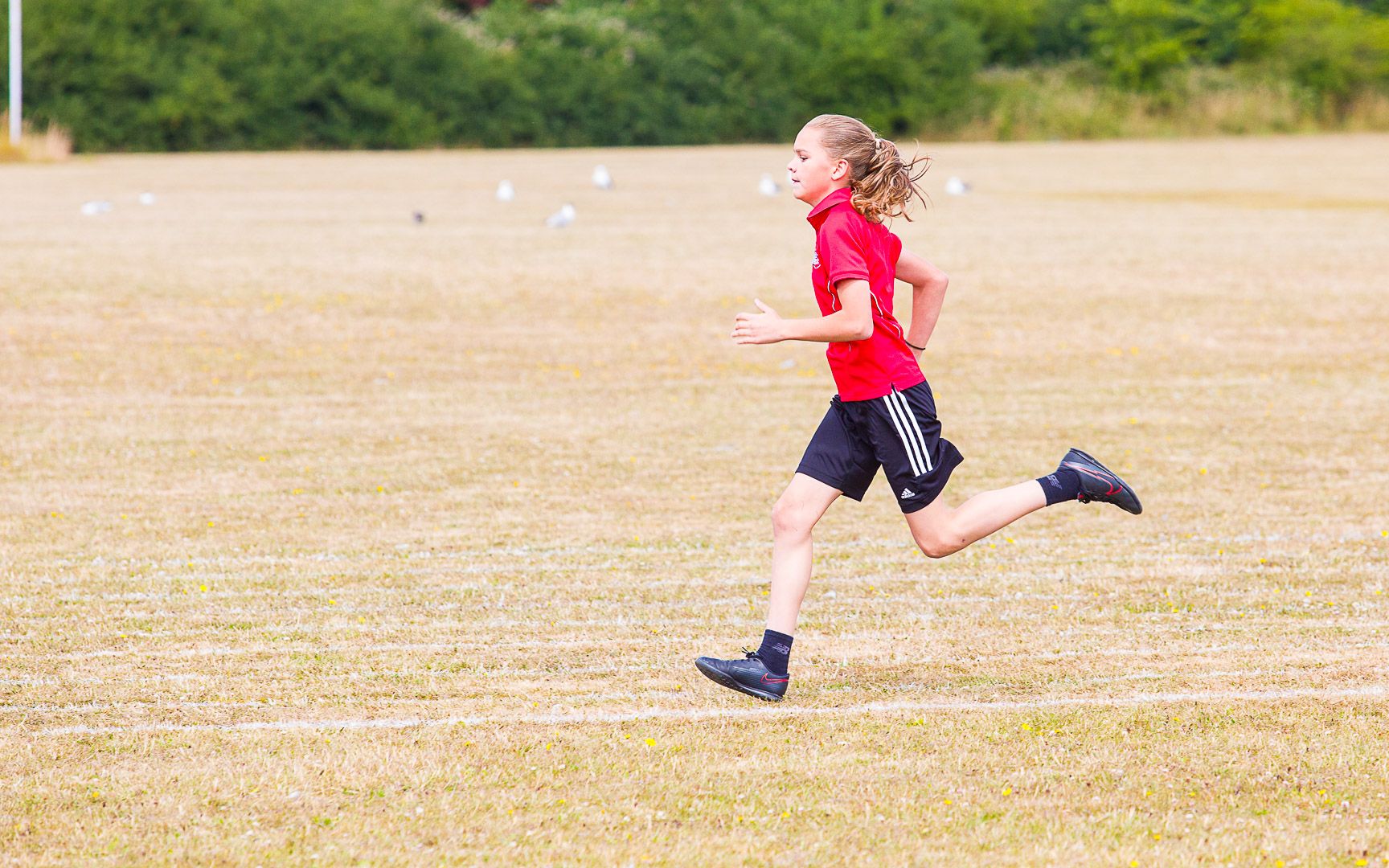Curriculum
Homework
Across all schemes of work in PE, we will aim to promote the 4 key areas set out in the National Curriculum Programmes of Study to ensure that all students:
- Develop competence to excel in a broad range of physical activities
- Are physically active for sustained periods of time
- Engage in competitive sports and activities
- Lead healthy, active lives
What do students study?
Students in Years 7 - 9 take part in 3 lessons a fortnight, and classes follow sports/activites in 3-week blocks. These activites could include:
- Netball
- Football
- Basketball
- Badminton
- Athletics
- Tennis
- Rounders
- Cricket
- Orienteering
- Dance
Year 9 students also benefit from one theory lesson amongst the four. During these lessons, students gain greater insight into the benefits of physical activity for physical, emotional & social health. We also look in more detail at how the different body systems work to support performance. This approach helps students make more informed choices regarding GCSE PE, whilst educating all students about the role of physical activity in supporting health and well-being.
How are students assessed?
Students are continually assessed throughout KS3 across 3 areas:
- My performance (understanding and application of skills and tactics)
- Working with others and applying knowledge (evaluation of performance and influence on others)
- Theory (mainly assessed in Year 9, including skeletal and muscular systems and physical training)
| My Performance | Working with Others & Applying Knowledge | Theory Years 7 & 8 | Theory Year 9 |
|---|---|---|---|
|
The ability to perform/explain skills and techniques correctly |
Identifying strengths and weaknesses of their own performance, and the performances of others | Basic muscle and bone names | More in-depth knowledge of the muscles and bones |
|
How well skills are linked to achieve a desired outcome |
Articulating next steps to improve performance | The importance and phases of a warm-up and cool-down | Cardiovascular & respiratory systems |
|
Application of skills to competitive situations |
Teamwork | Use of sport-specific key terms | Physical training |
|
Understanding and following of sport-specific rules and sanctions |
Communication | Referring to sporting examples to support theory knowledge | |
|
Levels of success in adapting to opponents in demanding situations |
The ability to undertake various roles in a lesson (participant, official, scorer etc.) | ||
|
Influence on competitive scenarios |

